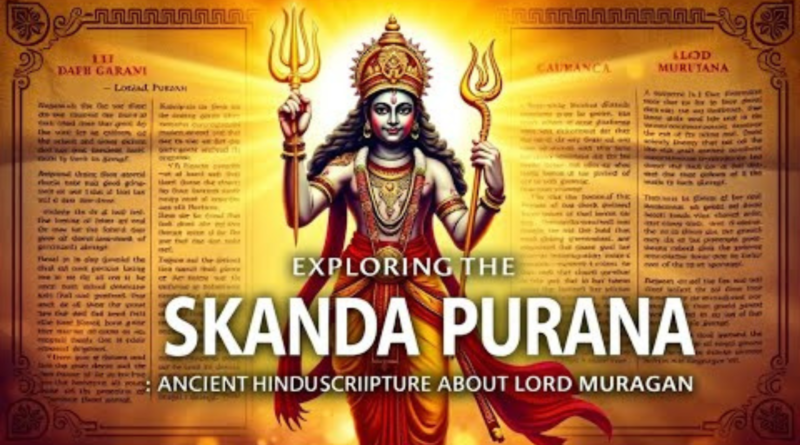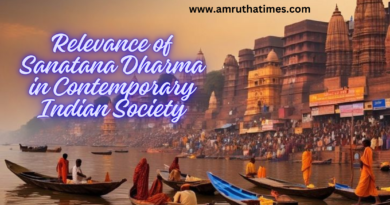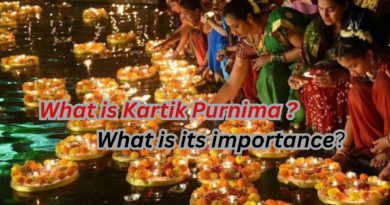What is Skanda Purana ?
The Skanda Purana is one of the largest and most significant Mahapuranas in Hinduism. Named after Skanda, also known as Kartikeya or Murugan the god of war and son of Lord Shiva and Parvati this Purana is dedicated to his stories, glories, and teachings. It is considered a Shaiva Purana, focusing extensively on Lord Shiva and his family. The text is massive and consists of over 81,000 verses in some versions, making it the longest of the Puranas. It is divided into several Khandas (sections), each detailing legends, rituals, cosmology, and pilgrimages.
One of the key features of the Skanda Purana is its detailed descriptions of holy places (tirthas) across India, especially Shiva temples and pilgrimage centers. This makes it not just a theological scripture, but also a travel guide of sorts for Hindu pilgrims. Sacred sites like Kashi (Varanasi), Kedarnath, Ujjain, and many others are extolled in great detail. The Kashi Khanda is one of the most popular sections, dedicated entirely to the spiritual significance of Varanasi and the rituals to be performed there.
Another major section is the Kartika Mahatmya, which praises the month of Kartika (October–November) as an especially auspicious time for worshipping Shiva and Vishnu. Devotees are encouraged to fast, visit temples, and take holy dips in rivers during this month to attain great spiritual merit. The Purana describes how even a small act of devotion during Kartika can erase sins and lead to liberation (moksha).
Though named after Skanda, the Purana also contains a wide range of stories about other deities and sages. It includes myths related to the origin of the universe, creation and destruction cycles, stories of avatars, moral teachings, and dharma. It presents a blend of devotional, philosophical, and mythological content, drawing from various traditions including Shaivism, Vaishnavism, and Shaktism.
One of the most interesting aspects of the Skanda Purana is its role in preserving regional traditions and folklore. Since the Purana was compiled over centuries and in various locations, different manuscripts vary in content. This regional diversity reflects the richness and adaptability of Hindu religious traditions. For instance, the Tamil tradition strongly associates Skanda with Murugan worship, especially in South India, where he is deeply revered.
In conclusion, the Skanda Purana is not only a religious text but a vast cultural repository. It bridges myth and geography, devotion and philosophy, and pan-Indian belief with local practices. It continues to influence Hindu worship, pilgrimage traditions, and temple rituals. Its deep reverence for Shiva and his family makes it especially important for Shaivites, but its stories and teachings resonate across sectarian lines within Hinduism.




